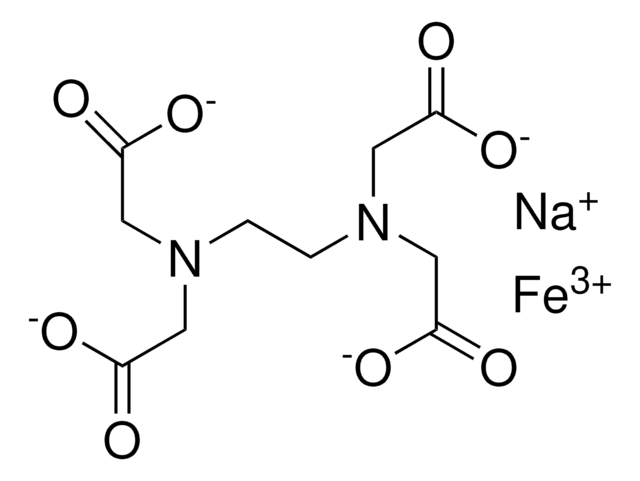C2786
Calcium nitrate tetrahydrate
suitable for cell culture, suitable for plant cell culture
Synonym(s):
Ca(NO3)2.4H2O
About This Item
Recommended Products
form
solid
Quality Level
technique(s)
cell culture | mammalian: suitable
cell culture | plant: suitable
mp
44 °C (dec.) (lit.)
SMILES string
O.O.O.O.[Ca++].[O-][N+]([O-])=O.[O-][N+]([O-])=O
InChI
1S/Ca.2NO3.4H2O/c;2*2-1(3)4;;;;/h;;;4*1H2/q+2;2*-1;;;;
InChI key
ICSSIKVYVJQJND-UHFFFAOYSA-N
Looking for similar products? Visit Product Comparison Guide
Application
- Production of Nano Hydroxyapatite and Mg-Whitlockite from Biowaste-Derived Products via Continuous Flow Hydrothermal Synthesis: A Step towards Circular Economy.: The research discusses the continuous flow hydrothermal synthesis of nano hydroxyapatite and Mg-whitlockite using calcium nitrate tetrahydrate. The process highlights the potential for sustainable production of bioceramics from biowaste (Nigar et al., 2023).
- Preparation and In Vitro Bioactivity Study of a Novel Hollow Mesoporous Bioactive Glass Nanofiber Scaffold.: This paper details the preparation of a novel bioactive glass nanofiber scaffold using calcium nitrate tetrahydrate, highlighting its bioactivity and potential for tissue engineering applications (Xiao et al., 2022).
- Bioinspired Nanonetwork Hydroxyapatite from Block Copolymer Templated Synthesis for Mechanical Metamaterials.: The research demonstrates the use of calcium nitrate tetrahydrate in the synthesis of bioinspired nanonetwork hydroxyapatite, emphasizing its mechanical properties and potential applications in advanced materials (Sadek et al., 2022).
Signal Word
Danger
Hazard Statements
Precautionary Statements
Hazard Classifications
Acute Tox. 4 Oral - Eye Dam. 1
Storage Class Code
13 - Non Combustible Solids
WGK
WGK 1
Personal Protective Equipment
Certificates of Analysis (COA)
Search for Certificates of Analysis (COA) by entering the products Lot/Batch Number. Lot and Batch Numbers can be found on a product’s label following the words ‘Lot’ or ‘Batch’.
Already Own This Product?
Find documentation for the products that you have recently purchased in the Document Library.
Customers Also Viewed
Our team of scientists has experience in all areas of research including Life Science, Material Science, Chemical Synthesis, Chromatography, Analytical and many others.
Contact Technical Service













